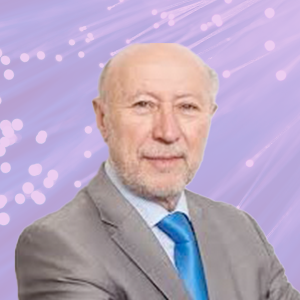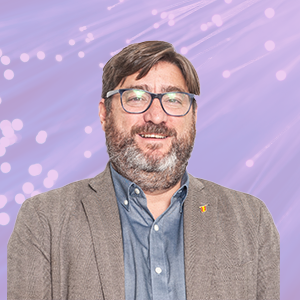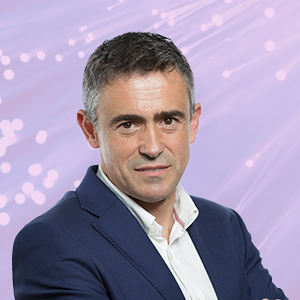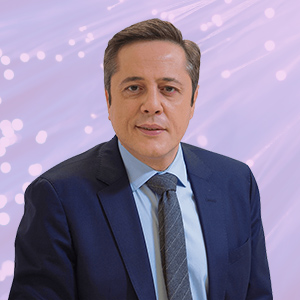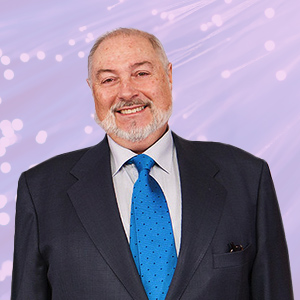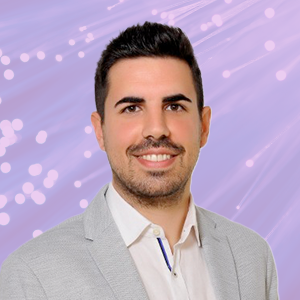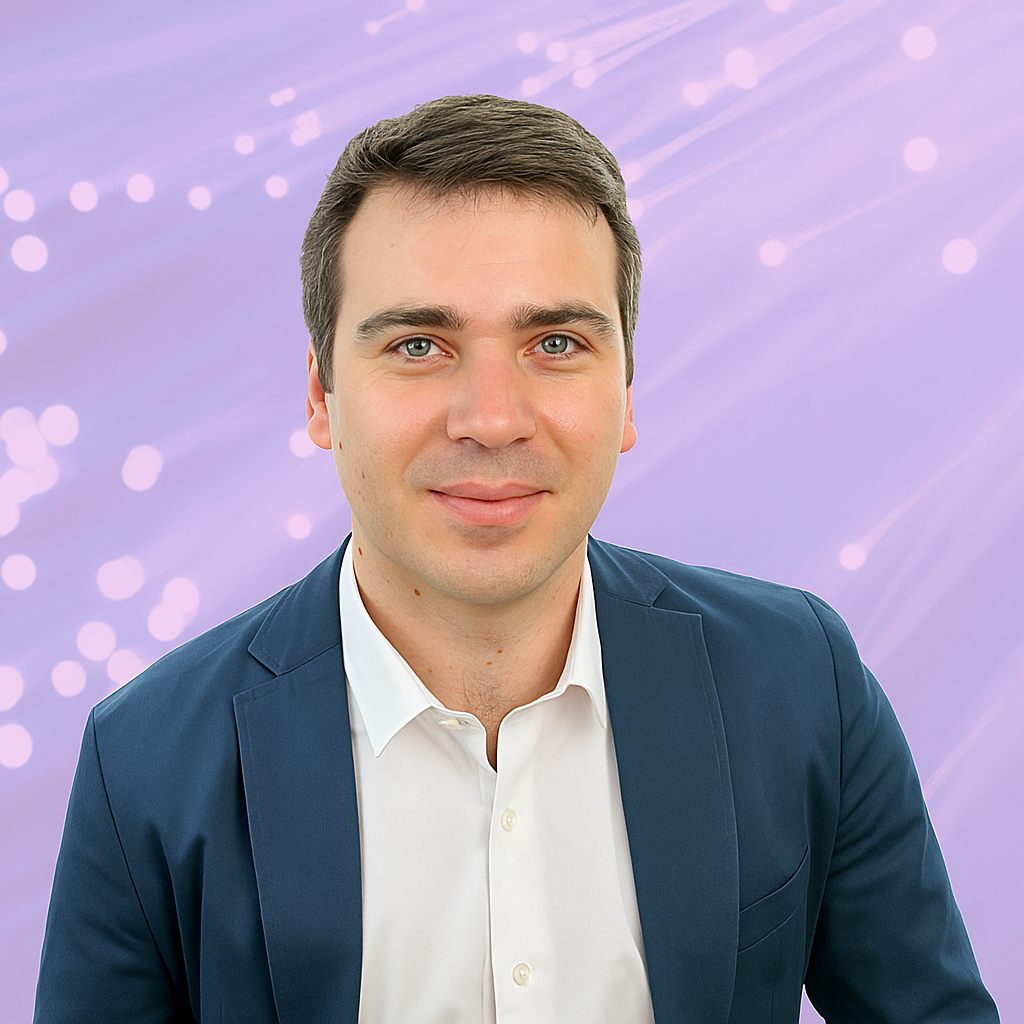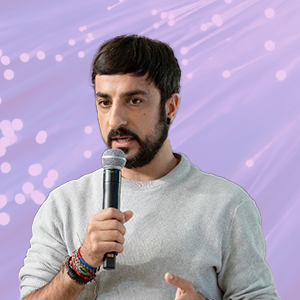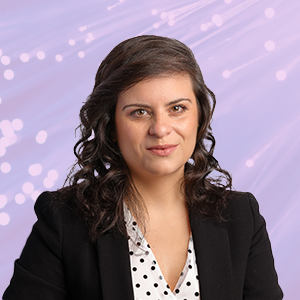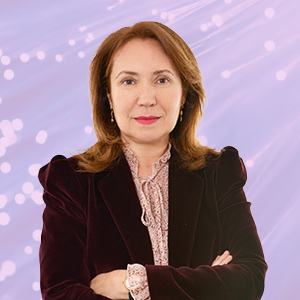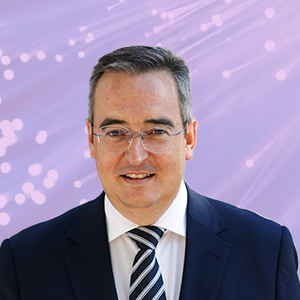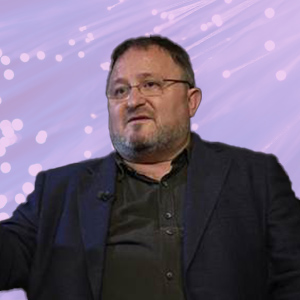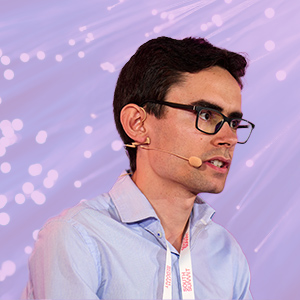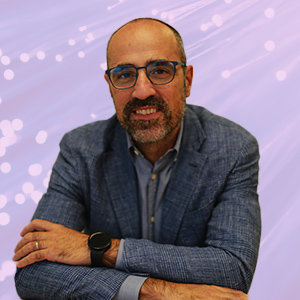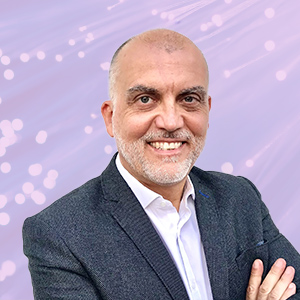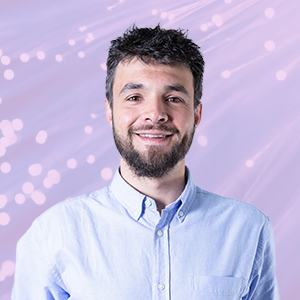Intraocular hypertension is considered a key risk factor for the development of some eye diseases, mainly glaucoma and age-related macular degeneration. In both cases, prevention and early detection are essential to delay the development of the disease.

According to the WHO, glaucoma is the second leading cause of blindness in the world1 and affects more than 60 million people1. This disease primarily involves the death of retinal ganglion cells that send visual signals to the brain, causing progressive loss of visual field, potentially leading to total loss in the worst cases, as these cells do not regenerate and there is no known way to replace them.
There are important risk factors for developing glaucoma, but only one is modifiable: intraocular hypertension. Other relevant risk factors include genetic predisposition, age (up to 40-60 years), and having diabetes or cardiovascular diseases, among others.
The increase in intraocular pressure induces an immune response in the retina (mediated by glial cells), which causes the death of its ganglion cells and, therefore, the onset of glaucoma. However, controlling it allows delaying or even preventing the onset of the disease.
Affron®EYE is the fastest-absorbing natural antioxidant for eye health developed by Pharmactive at the FPCM
A new animal study in an intraocular hypertension model by the company Pharmactive, based at the Madrid Scientific Park Foundation, has shown that affron®EYE can protect retinal ganglion cells from intraocular hypertension, reducing their death and the cellular damage caused.
Affron®EYE is a new generation ingredient extracted from Spanish saffron (Crocus sativus L.) with a dose of only 20 mg/day. It is standardized to 3% crocins by HPLC, which are powerful antioxidants that have been linked to the prevention of age-related macular degeneration (AMD)1,2.
Furthermore, Affron®EYE is the fastest-absorbing natural antioxidant for eye health, as the crocins present reach maximum concentration (Cmax) in blood after only 1.5 hours7, surpassing other carotenoids traditionally used for eye health, such as lutein (7-8 h)8, zeaxanthin (13-14 h) 9 or β-carotene (24-30h)10.
These promising results could help prevent or delay the development of glaucoma and demonstrate that affron®EYE has a protective effect on retinal cells3.
References
- https://www.glaucoma.org/es/datos-y-estadisticas-sobre-el-glaucoma.php
- Fernández-Albarral, J.A., et al. J. Mol. Sci. 2019; 20, 4110.
- Bernice C., et al. Academic Press. 2016; 659-676.
- Bisti S., et al. Visual neuroscience. 2014; 31.4-5: 355-361.
- Almodovar P., et al. Oral communication. Presented at 3rd W. Congr. on Nutr., Diet. and Nutra. 2019, Prague, Czech Republic.
- Thürmann PA., et al. Am J Clin Nutr.2005; Jul;82(1):88-97.
- Hartmann D., et al. Am J Clin Nutr.2004; Mar;79(3):410-7.
- White WS., et al. J Am Coll Nutr.1994; Dec;13(6):665-71.
Author: Alberto Espinel, Head of R&D at Pharmactive Biotech Products, S.L.




